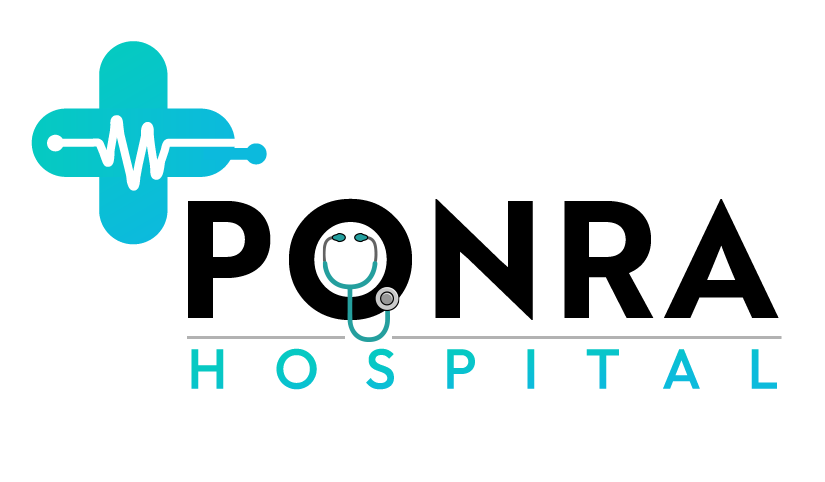Orthopedic
Rebuilding lives, one step at a time. Our orthopedic specialists harness the latest advancements and compassionate care to restore mobility, alleviate pain, and empower patients to embrace life’s movements with confidence and strength

Introduction: Orthopedic care is a specialized branch of medicine dedicated to diagnosing, treating, and preventing conditions that affect the musculoskeletal system. From fractures and joint injuries to chronic conditions like osteoarthritis, orthopedic specialists play a crucial role in restoring mobility, alleviating pain, and improving overall quality of life for patients. This content aims to provide an overview of orthopedic care, highlighting common conditions treated, diagnostic approaches, treatment options, and the importance of early intervention.
Common Orthopedic Conditions: Orthopedic conditions encompass a wide range of musculoskeletal disorders, including:
- Fractures and Trauma: Broken bones resulting from accidents, falls, or sports injuries.
- Osteoarthritis: Degenerative joint disease characterized by the breakdown of cartilage and joint inflammation.
- Rheumatoid Arthritis: Autoimmune disorder causing joint inflammation, pain, and stiffness.
- Tendonitis: Inflammation or irritation of tendons, often due to overuse or repetitive movements.
- Ligament Injuries: Damage to the ligaments connecting bones, commonly seen in the knees and ankles.
- Herniated Discs: Spinal discs protruding or bulging, causing nerve compression and back pain.
- Scoliosis: Abnormal curvature of the spine, often diagnosed during adolescence.
Diagnostic Approaches: Orthopedic specialists employ various diagnostic tools and techniques to assess musculoskeletal conditions, including:
- Physical Examination: Assessment of range of motion, strength, and joint stability.
- Imaging Studies: X-rays, MRI, CT scans, and ultrasound to visualize bones, joints, and soft tissues.
- Laboratory Tests: Blood tests to detect inflammation, infection, or autoimmune disorders.
- Arthroscopy: Minimally invasive procedure using a small camera to examine and treat joint problems.
Treatment Options: Treatment for orthopedic conditions depends on the specific diagnosis and severity of symptoms. Common treatment options include:
- Medications: Nonsteroidal anti-inflammatory drugs (NSAIDs), analgesics, and corticosteroids to manage pain and inflammation.
- Physical Therapy: Exercise programs, manual therapy, and modalities like heat and cold therapy to improve strength, flexibility, and function.
- Orthotics and Assistive Devices: Braces, splints, and orthopedic supports to stabilize joints and improve alignment.
- Injections: Corticosteroid injections, hyaluronic acid injections, or platelet-rich plasma (PRP) injections to reduce pain and inflammation.
- Surgery: Surgical interventions such as fracture fixation, joint replacement, arthroscopic surgery, or spinal fusion for severe or persistent symptoms.
Importance of Early Intervention: Early diagnosis and treatment are crucial for optimizing outcomes and preventing long-term complications in orthopedic conditions. Prompt intervention can help alleviate pain, restore function, and prevent further deterioration of the affected joints or tissues. Orthopedic specialists emphasize the importance of early recognition of symptoms, timely evaluation, and proactive management to improve patient outcomes and quality of life.
Conclusion: Orthopedic care plays a vital role in addressing a wide range of musculoskeletal conditions, helping patients regain mobility, alleviate pain, and improve overall well-being. With advances in diagnostics, treatments, and rehabilitation techniques, orthopedic specialists are better equipped than ever to provide comprehensive care tailored to each individual’s needs. By promoting early intervention and a multidisciplinary approach, orthopedic care aims to enhance patient outcomes and restore health and function for individuals of all ages.
